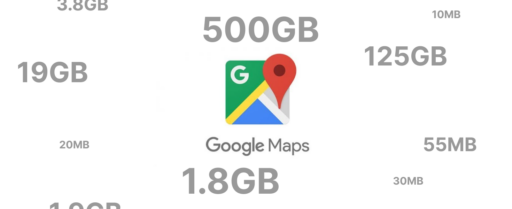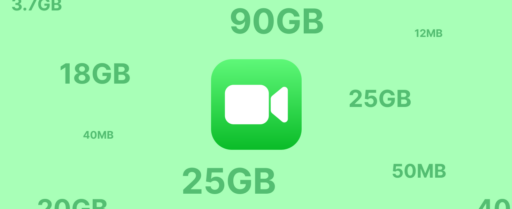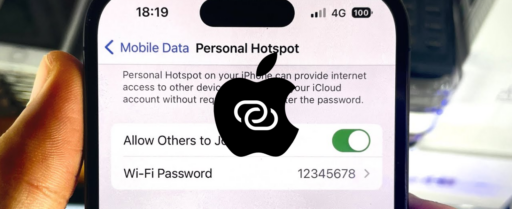We live in a digital age, which makes monitoring your data usage on your iPhone more important than ever. With streaming services, social media apps, and various online activities, it’s easy to quickly burn through your monthly data allowance. Understanding how to check data usage on your iPhone and manage it effectively can help you avoid unexpected charges and ensure you stay within your data limits.
In this guide, we’ll explain how to check data usage on your iPhone and how Driffle’s eSIM can assist with data saving and management on the device.
Checking Data Usage on Your iPhone
1. Accessing Data Usage Information
To check your data usage on your iPhone, follow these simple steps:
- Open Settings: Start by tapping on the “Settings” app on your home screen.
- Select Cellular: Scroll down and tap on “Cellular” or “Mobile Data” (depending on your region).
- View Data Usage: Under the “Cellular Data” section, you’ll see your total data usage for the current period, including data used by various apps and services.
2. Reviewing App-Specific Data Usage
You can also see how much data each app is consuming:
- Scroll Down: On the Cellular or Mobile Data screen, scroll down to the list of apps under the “Cellular Data” section.
- Check App Usage: Each app will display the amount of data it has used since the last reset. This breakdown helps identify which apps are using the most data.
3. Resetting Your Data Usage Statistics
If you want to monitor your data usage from a specific date, you’ll need to reset your statistics:
- Scroll to the Bottom: On the Cellular or Mobile Data screen, scroll to the bottom.
- Reset Statistics: Tap “Reset Statistics” to start tracking from scratch. To match your carrier’s data cycle, do this at the beginning of your billing cycle.
4. Checking Data Usage with Your Carrier
Some carriers offer apps or websites where you can view your data usage details. Check if your carrier provides this service, as it can give you additional insights and real-time updates.
Managing Data Usage Effectively
To ensure you don’t exceed your data limit, consider these tips:
- Enable Data Saver Mode: In apps like Spotify and YouTube, enable data saver modes to reduce data consumption.
- Use Wi-Fi When Available: Connect to Wi-Fi networks whenever possible to save on cellular data.
- Limit Background App Refresh: Go to Settings > General > Background App Refresh and select “Wi-Fi” to limit data usage when not on Wi-Fi.
- Disable Cellular Data for Specific Apps: In Settings > Cellular, you can toggle off cellular data for apps that don’t need it.
How Driffle’s eSIM Can Help with Data Management
Driffle’s eSIM service offers several benefits that can enhance your data management strategy and help you save on data costs:
1. Flexible Data Plans
Driffle’s eSIM allows you to easily switch between different data plans without needing to physically swap SIM cards. This flexibility means you can choose a plan that best suits your data usage needs and adjust it as your requirements change. Whether you need more data for a month of heavy usage or want to scale back, Driffle’s eSIM makes it simple.
2. Cost-Effective Options
Driffle’s eSIM offers competitive pricing and cost-effective data plans. By using Driffle, you can often find plans that provide better value compared to traditional carriers. This means you can get more data for less money, or enjoy additional benefits that can help you save even further.
3. International Data Solutions
For frequent travelers, Driffle’s eSIM provides the convenience of international data plans. You can avoid expensive roaming charges by switching to local data plans as you travel. This feature is invaluable for managing data usage effectively while exploring new destinations.
Summary
Monitoring and managing your data usage on your iPhone is crucial to avoid unexpected charges and ensure a smooth mobile experience. You can keep your data consumption in check by regularly checking your data usage, using Wi-Fi when available, and limiting background data.
Driffle’s eSIM enhances this experience by offering flexible, cost-effective data plans, real-time monitoring, and easy management, making it a valuable tool for efficient data management.
To gain insights on how to save data on YouTube, check this.



